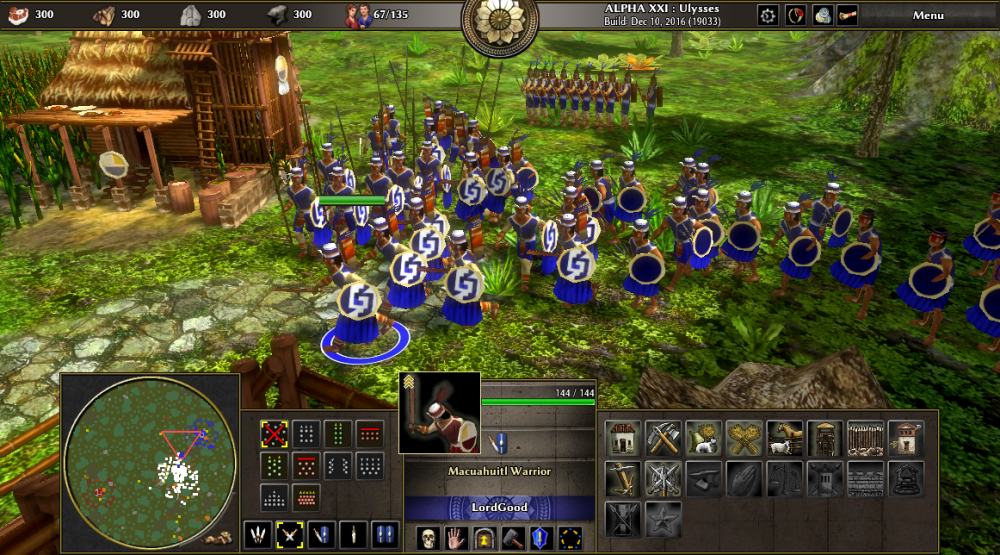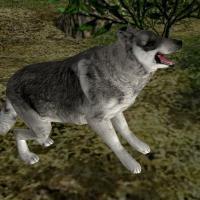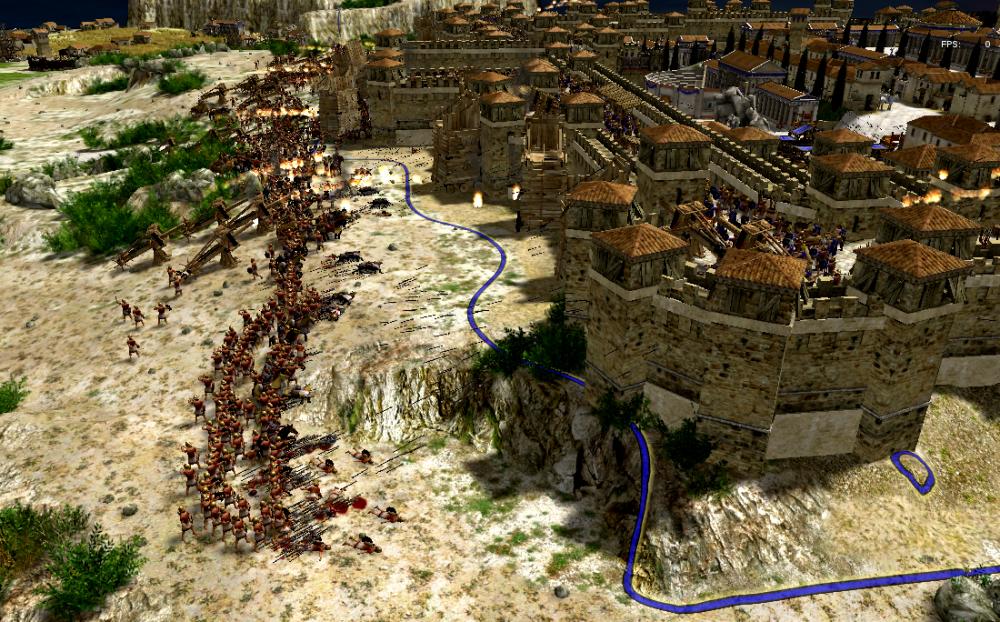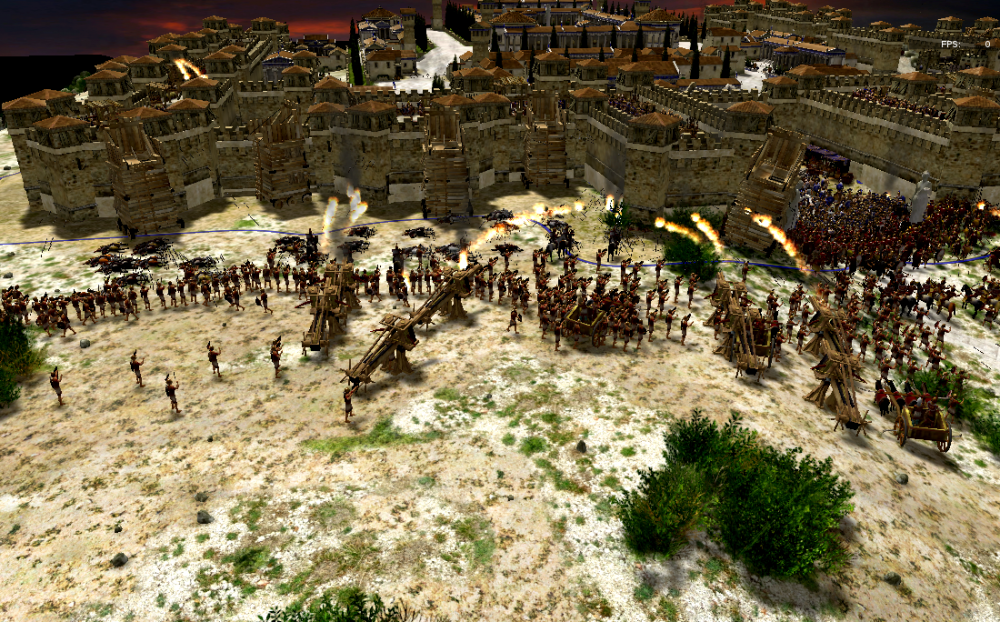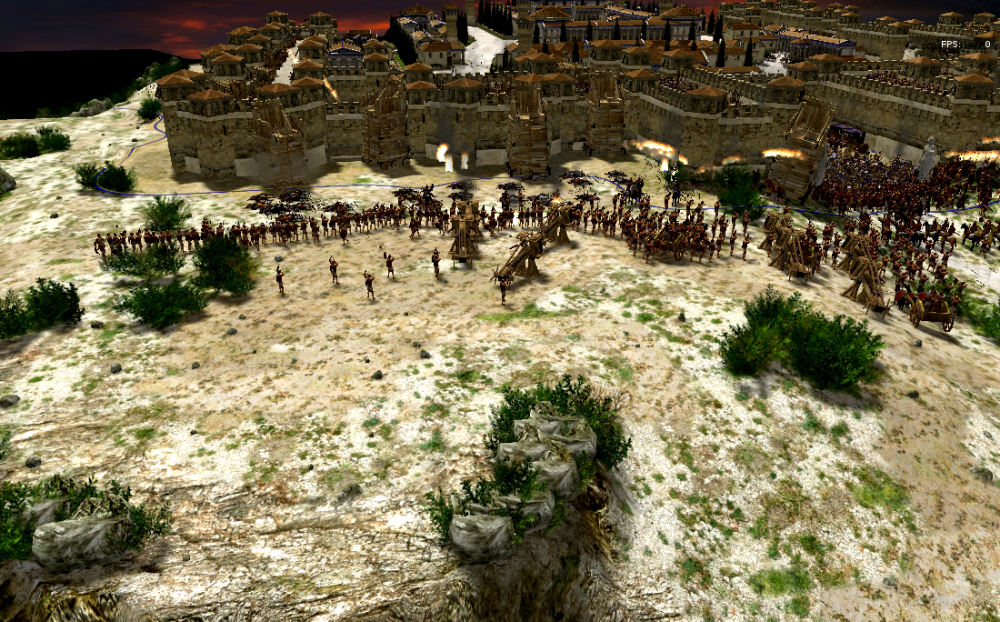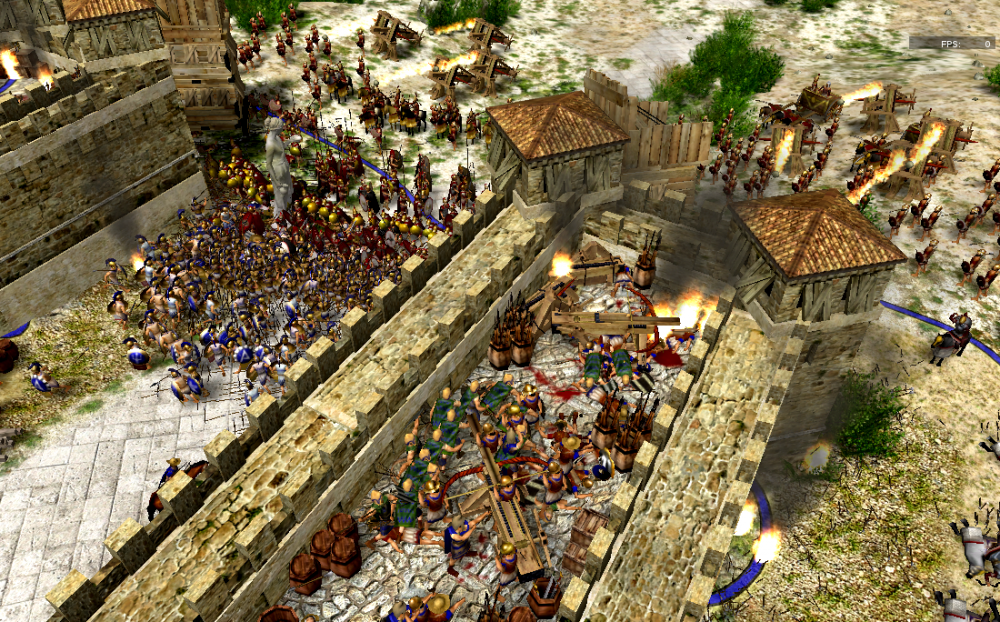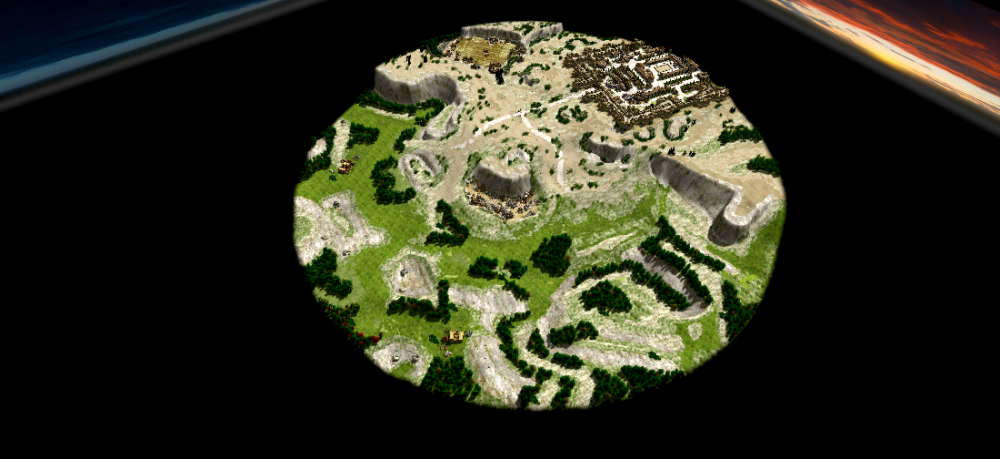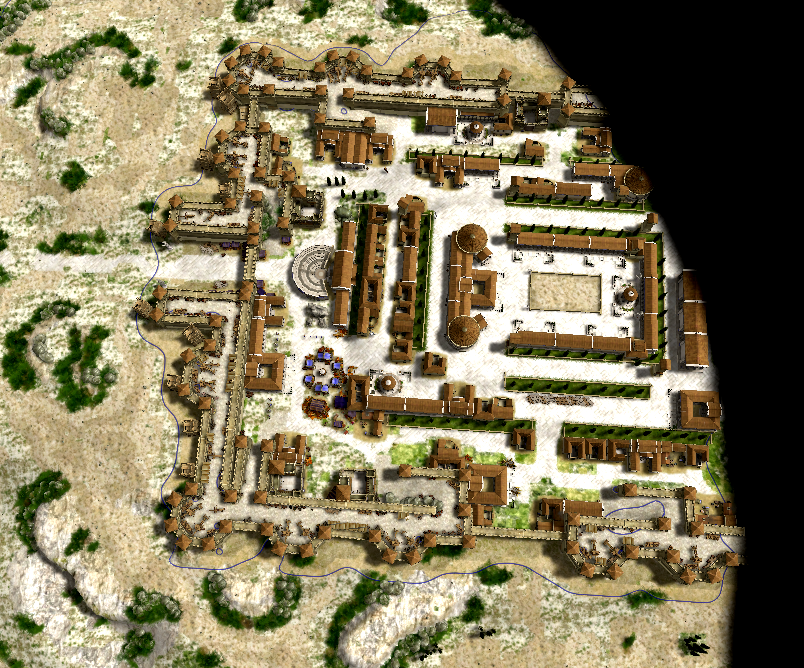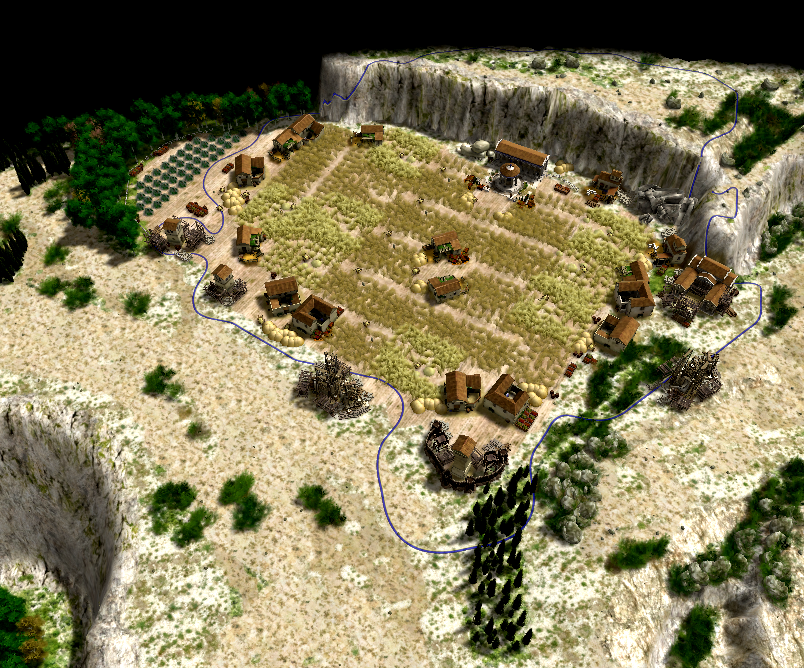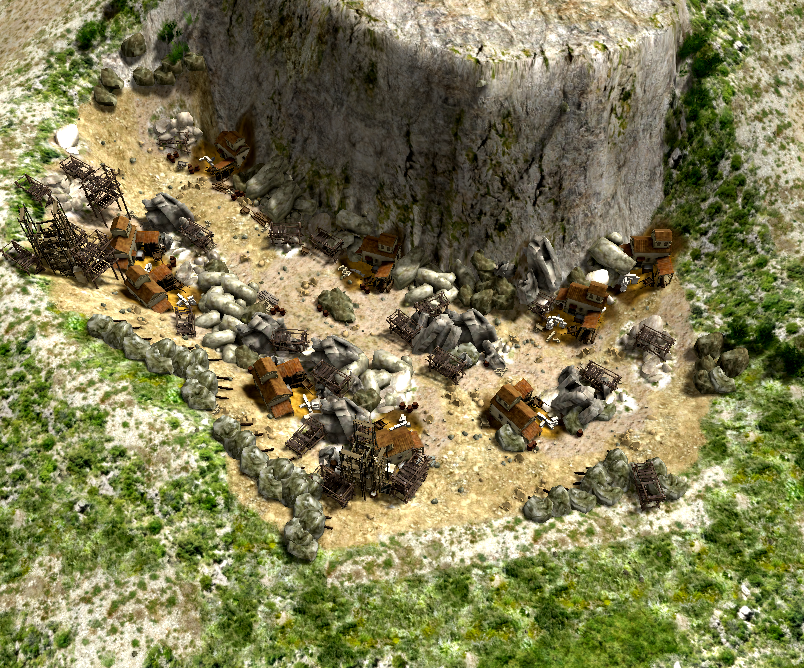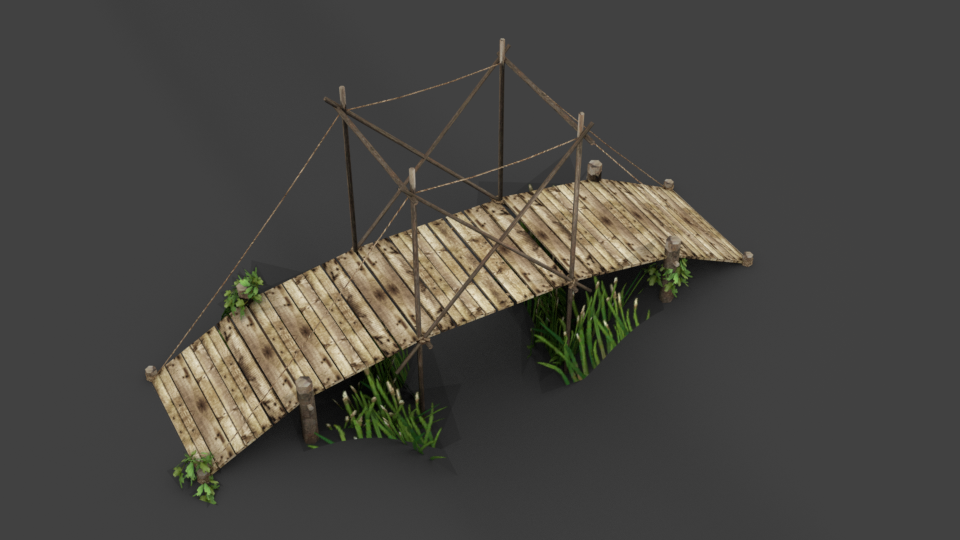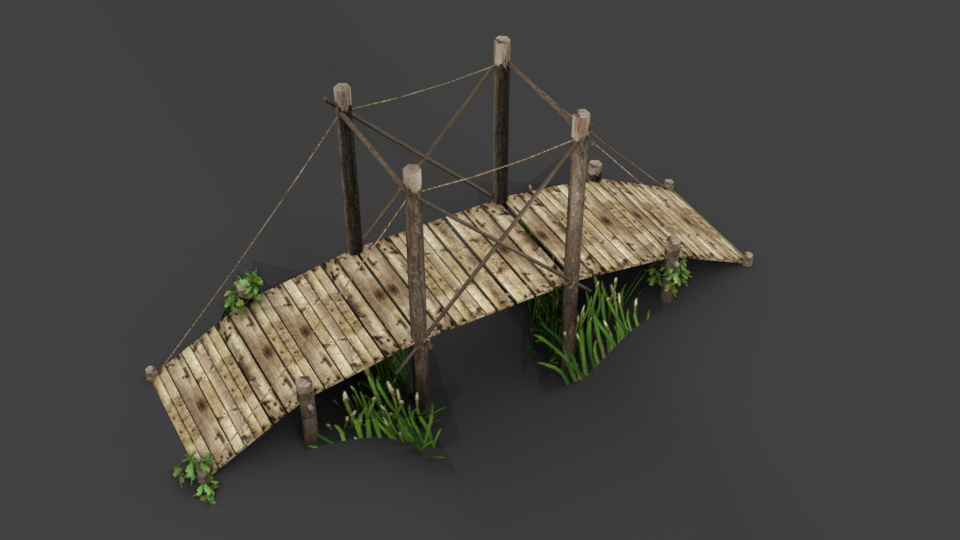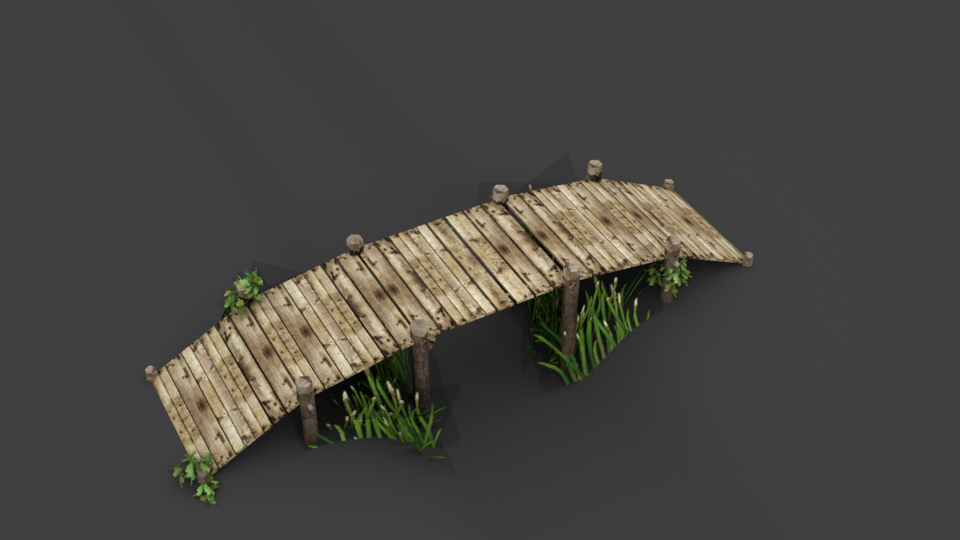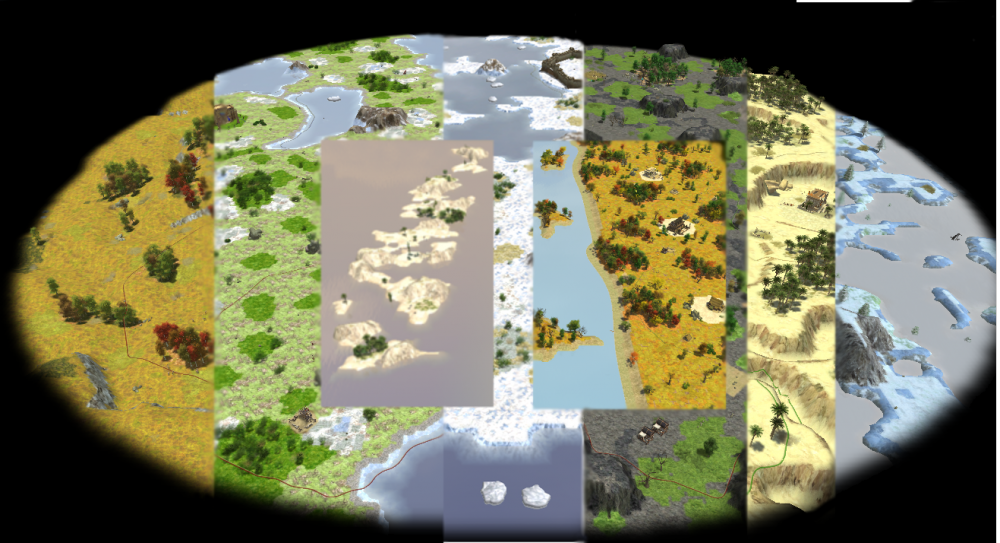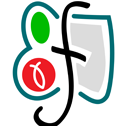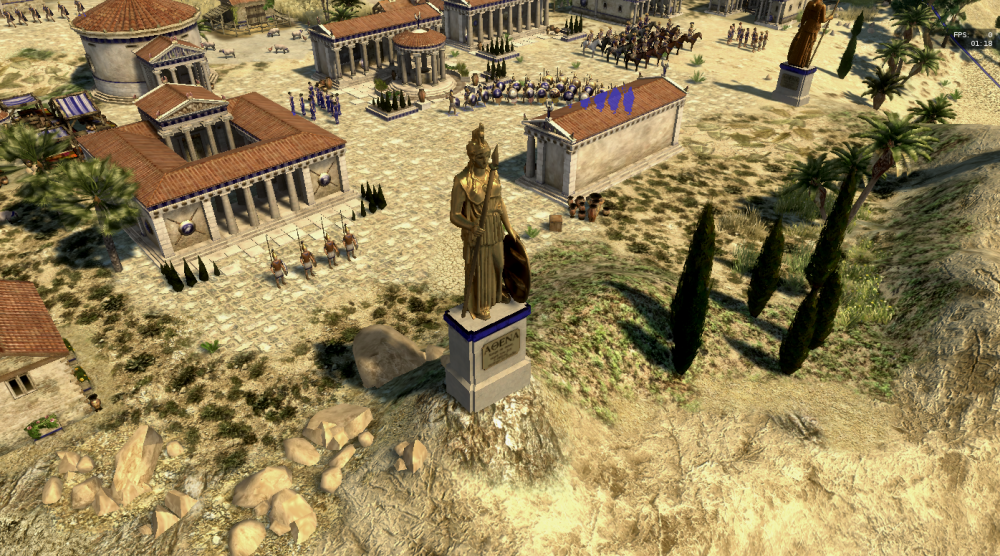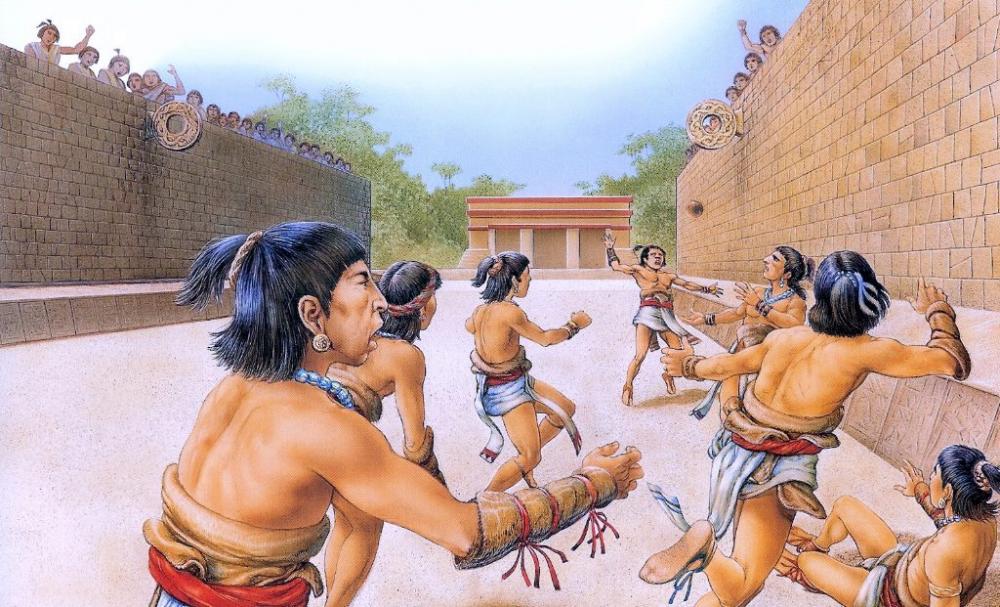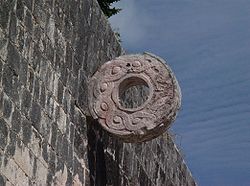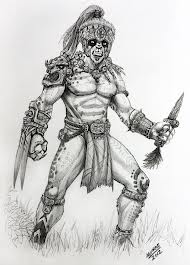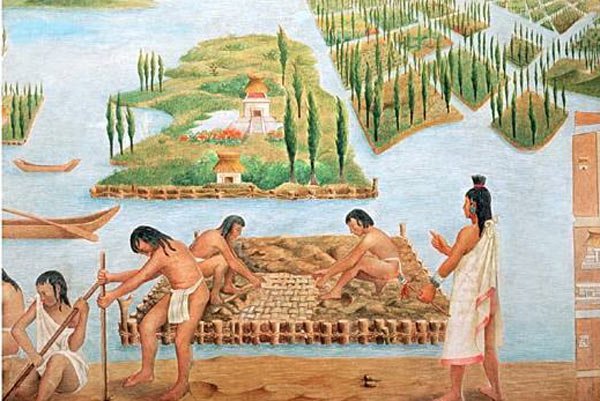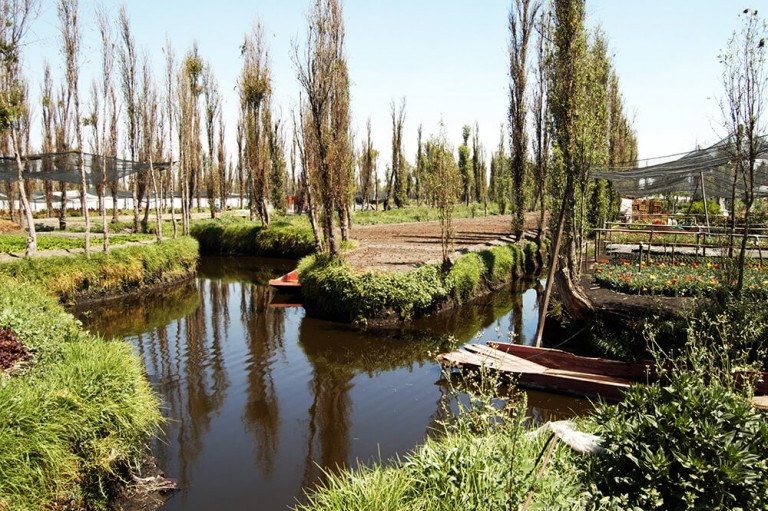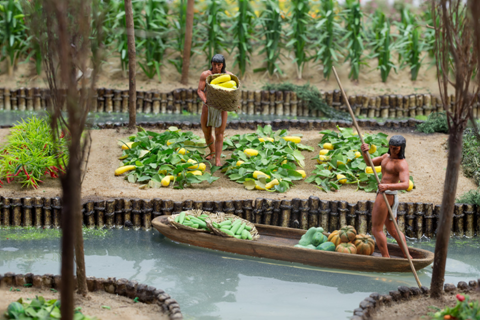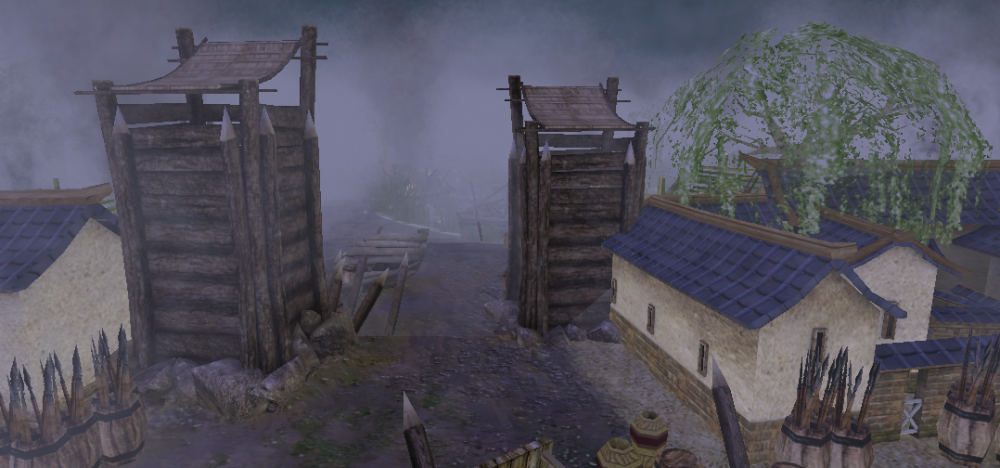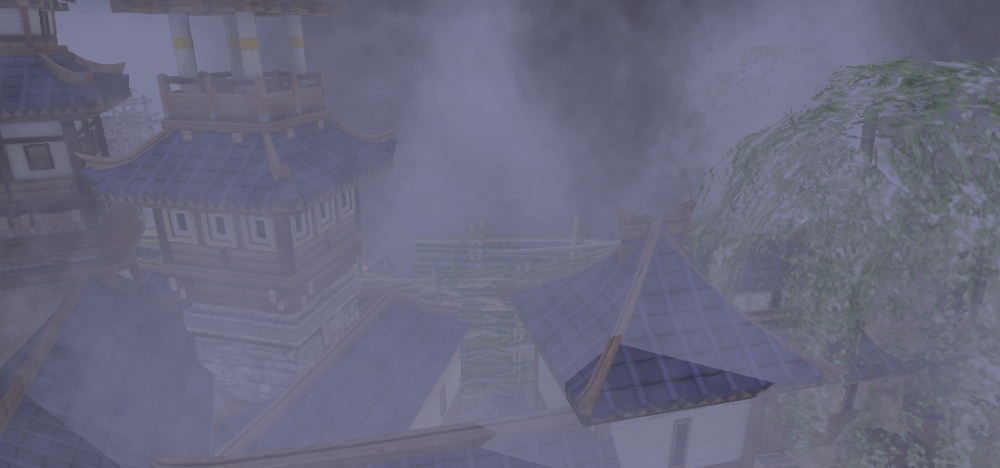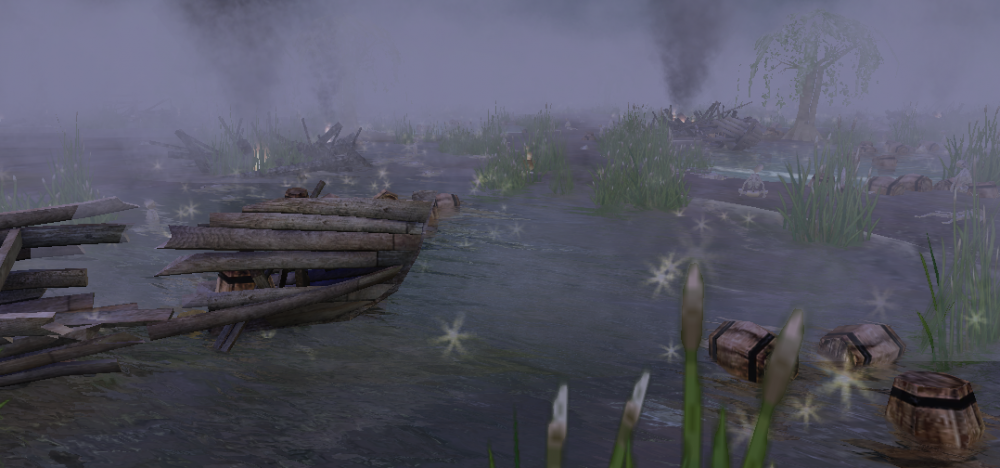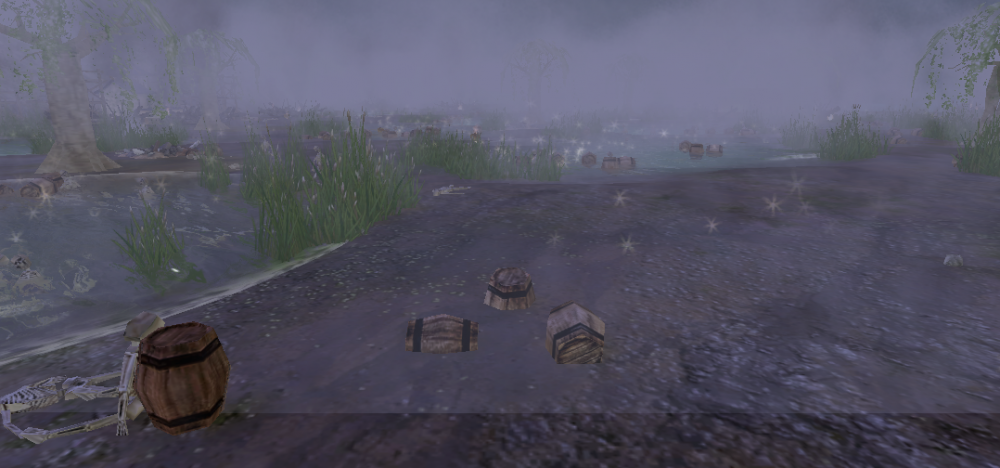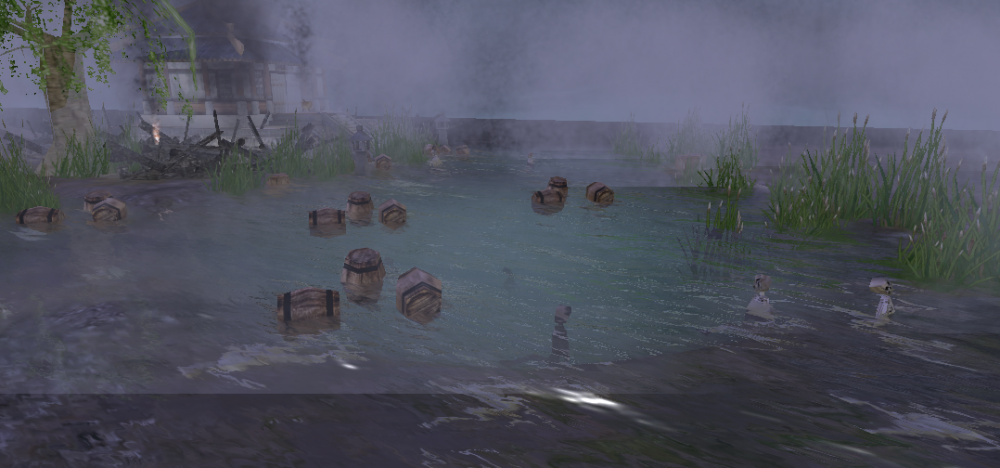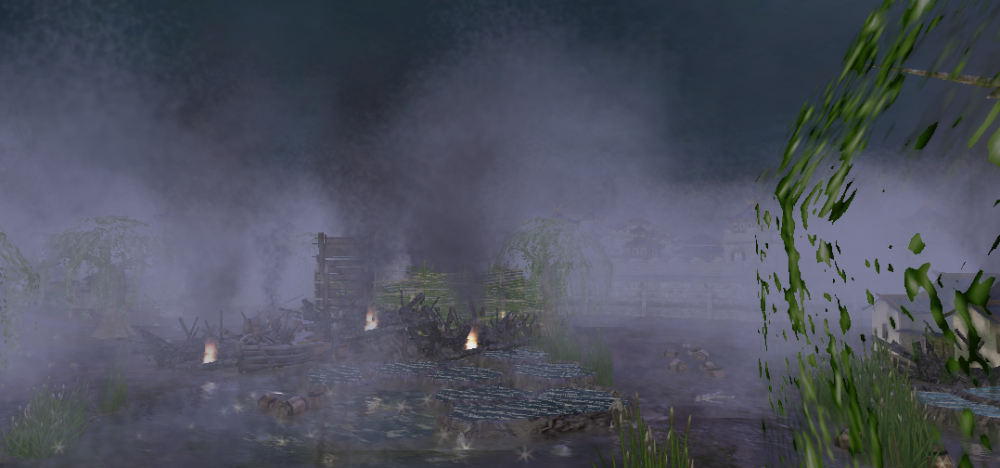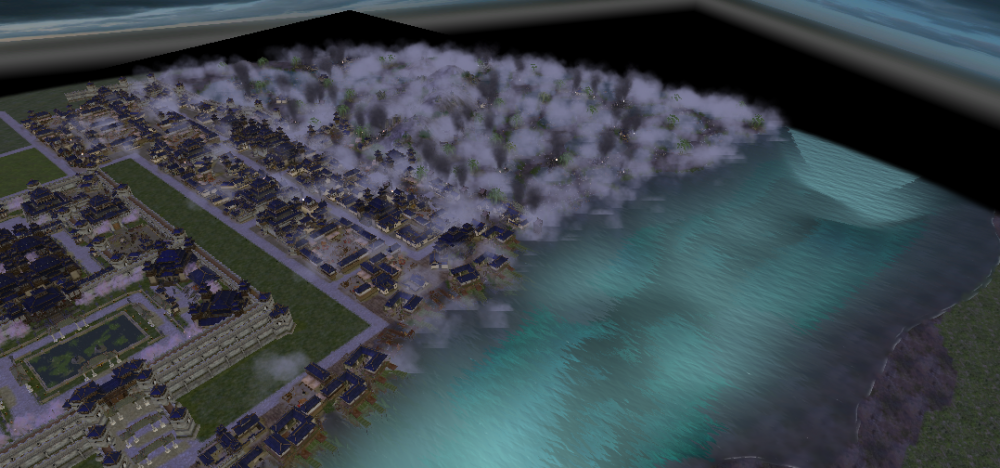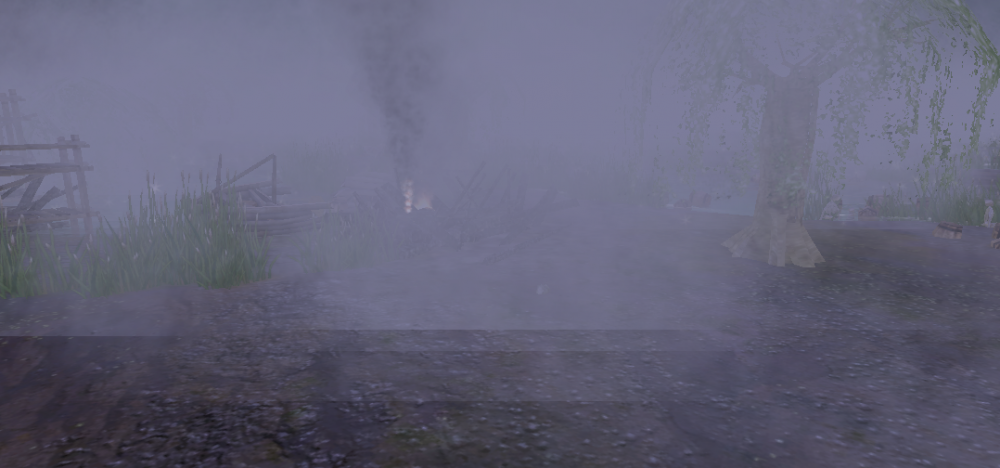Leaderboard
Popular Content
Showing content with the highest reputation on 2016-12-23 in all areas
-
7 points
-
5 points
-
I'm reviving this thread to continue the discussion. Here is the above refered IRC discussion (Dead links) : 23:55 < _0ADFan> lol code that 23:56 < _0ADFan> ships pass under bridges 23:56 < _0ADFan> you know..even in real life ;-) 23:56 < franklin> Maybe a length limit... Or weight limit... 23:56 < _0ADFan> at least we will get archers on walls..that's something 23:56 < _0ADFan> in alpha 17 23:57 < franklin> You can already garrison them in towers 23:57 < _0ADFan> but not on walls like in stzronghold 23:57 < _0ADFan> will come in 17 23:57 < _0ADFan> eager to see it...yiüiie 23:58 < scythetwirler> leper: Did the design committe consider bridges yet? 23:58 < franklin> How about stone bridges carrying more weight than wooden ones? 23:58 < _0ADFan> would make sense as well franklin 23:58 < _0ADFan> logical 23:59 <@leper> Would make pathfinding even more fun 23:59 <@leper> (also you need to find a nice way to implement it) In order to make map mapping and gameplay more interesting, I thought of two implementations of bridges. 1. Hack the current system of gates for bridges at least draw bridges Theory: Just like gates change obstruction, bridge change the water moving restriction. It would then make an area passable on a simple click just like for gates. for full bridges though. Bridges should have a higher weight than the rest of the paths, because they are more annoying to cross, especially if we aim to have formations. (In this case they should be disbanded when on the bridge) Advantages: Performance savvy compared to other solutions. Less coding required Issues: Not really aesthetically pleasing (you cannot have arched bridges for instance) Bridge height depends on water height unless a origin hack is used. 2. Use prop points to define the path. Theory: units would be using the prop points in the Collada (*.dae) file in order to make a custom path following the points. Path would be cached to avoid to recompute the arc again and again. Depending on a given size in the template, the game would make a fake and invisible terrain in stead of the bridge. Advantages: Visually more pleasing. Arched bridges Different heights possible Not related to terrain around Issues: Performance costly compared to other solutions. More coding required More use of interpolation functions. Common Issue: Both bridges should have a height offset not to have the bridge collide with the water and units collide with the mesh. Xml coul Xml file could look like this : <Obstruction> <Obstructions> <Right width="11" depth="8" x="13" z="0"/> <Left width="11" depth="8" x="-13" z="0"/> <Pathway heightOffset="15" width="15" depth="8" x="0" z="0"/> </Obstructions> </Obstruction> Variants: Draw Bridges If you want to make bridge passable for boats It would require an active query to check whether the approaching unit is a boat or a unit, which might it really slow performance wise. Also the case when both units happen to get on the bridge that could get messy To solve this, maybe don't make it automatic like gates. Bridge will switch with the same button than for gates. Today's discussion <Vladislav> Stan`: yep, but AFAIK current pathfinder doesn't support few passable layers on the same (x, z), so another solutions looks like a hack .:Stan`:. Vladislav, I'm pretty sure we could get the same result that on the first screenshot .:Stan`:. which is the theoreticall terrain <Vladislav> Stan`: the bridge demo map already implements this "bridge" .:Vladislav:. But for ships it's not passable .:Stan`:. Vladislav, but as terrain, not as a buildable mesh <Vladislav> Stan`: yep, so for us it would be good to have sanderd17 patch about terrain modificators .:Stan`:. Vladislav, I don't really understand what it does? Does it create a fake heightmap ? <Vladislav> Stan`: It could change visible height of map, or only collision height, or both, at least it should be there I think .:Stan`:. Vladislav, Ah yeah indeed in that case. And if you can do that interactively, you can make draw bridges .:Stan`:. which imo .:Stan`:. should be the only ones allowing ships to cross them .:Vladislav:. If we will a bridge logic to pathfinder then it will be slower in common case, because more conditions aren't good for caches .:Vladislav:. *have .:Vladislav:. *add .:Vladislav:. Or I could suggest to use 2 different maps, for ships, and for ground units .:Vladislav:. then it will be possible .:Vladislav:. fast and easy enough to implement .:Stan`:. Vladislav, Would make sense as wll .:Stan`:. having uncrossable areas unless you make a bridge would change gameplay a lot .:Vladislav:. Yep .:Stan`:. I guess the best thing would be this .:Stan`:. map makeers put foundations .:Stan`:. on random areas of the map .:Stan`:. (not random) .:Stan`:. and then players can only build bridges there .:Stan`:. thoses bridges should be neutral .:Stan`:. and for now... indestructibles4 points
-
Mostly satisfied with the game mechanics. Agree that we need more (than zero) technically skilled visionaries compatible to the developers and players pov. The pace of the game seems slow already as one needs to reach city phase, build a fortress and construct a ram and destroy the enemy civic centers in order to win (which was possible with citizen soldiers in a17 and possible with champions in a18-a20). If we deincentivize early attacks, the game would become extremely boring to competitive players. Singleplayer games target casual players who might play less games but expect longer ones. So this is mostly influenced by the aggressiveness of the bot. There are plans to allow setting the behavior of the bot #2550. It could become defensive by default. Also if there is a singleplayer campaign, none of this will apply anymore.4 points
-
This map is already playable, 1 vs 2. Athens vs Persians. It's a normal size map, tried no to add to much eyecandy stuff. There is still something left, as the background, some advices and additions on units and buildings, making some walls untargetable, plus more stuff. Units can walk on 'walls' (But those are just elevated terrain with walls in both sides, but they work!). As soon as i finished the entire 'agenda' of the map i will make the respective post. Units on 'walls' For now, if someone wants to give any advice, opinion, wants to play it or erase it, just leave a comment. Im not good at balancing The map As for the name of the map, i gladly receive suggestions. Siege.zip3 points
-
3 points
-
I've created some new maps for a22 to further improve selection and variety. These may need some minor fixing up, I'm still unskilled at map-making. You can find my maps here. There is also a ticket for this. Screenshots are provided for each map. African Plains African Wetseason Ambush-Frontier Artic Summer Artic Tundra Carthaginian Coast Danube Extinct Volcano India Polar Sea Ravines Strips Two Rulers(scenario)2 points
-
This game is sending me mixed messages. The relaxing music and all the mechanics based around researching tech and advancing through the ages makes me believe that I should be taking a slow, cautious and strategic approach to play. However, the AI is incredibly aggressive, they seem to be completely uninterested in anything but destroying me as soon as possible! I don't think this behaviour makes much sense given the mechanics of the game, and the reality of war being a risky business; war is something that should be avoided until it can be avoided no longer! We have a map with limited resources, so it is a matter of time before we are actively competing for those resources, and in such a situation it's inevitable that conflicts will arise. Then it is down to the diplomacy and military might of the civilisations to settle territory disputes and secure peace for a time, until the cycle repeats itself and eventually one side is wiped off the map. There is no sense or need to rush this. Even if an enemy saw that they were militarily supreme, they wouldn't just go and destroy everyone else (unless they were causing them real problems), they'd demand tribute, and use their power to secure territory by threats, diplomacy and minor skirmishes. I want to see enemy AI launching attacks to take over strategic points and resources, not just to kill all my people. I want to see their forces line up near my borders and issue demands on the threat of sacking my cities. Any tips on what I can do to make the game play more like this, the way I would like it to be?2 points
-
Apparently, C++ was an option, I just wasn't aware that it was a thing until I had already finished all of my programming classes and ended up pursuing a more generic Computer Information Systems degree instead of Game Simulation and Programming. Already knowing C# and Java is definitely helping a lot.2 points
-
2 points
-
From experience, the Petra AI tries to destroy your army WHILE building another base on another strategic location. From your suggestion, I think you want something with the attributes of a turn-based strategy setup: make war only on strategic points and only if those points are being contested, and then saddle back once those points are won/lost. The only tip I could give is that you make maps with an attack-defend setup. Very linear.2 points
-
I find it difficult to consider Citizen Soldiers being used purely as Trash Units. The definition works to some extent, but AoE's trash units can't pay themselves back nor be used to establish a strong defensive base. But if I just grant the purpose "fending off attacks to give enough time to produce stronger units", I think it's too early to say since the game isn't yet optimized to support huge population caps. I think it's possible though.2 points
-
They only need give same architecture to new civs, model/mod few units, done, expend advertising by youtubers like Zero Empires and top players(3000 $) and balancing some, get the new civs OP, I read a lot about this. they can do this every year.2 points
-
Somall faction can have this units, are possible some Civs superior to other? is reliably? Like AOK using skirmisher or using spearman vs metal cost units. quantity vs quality?1 point
-
Also, I yhink 0 A.D.'s trash unit are relatively stronger than AOK's pikemen and skirmisher and scout trash and more useful, like spyth said.1 point
-
I don't consider them as trash units in the exact same way as AoE because: You can do more with them other than just sending them out to die (build and gather). AoE trash units don't. They can be used to "pay back" what you have spent them for. AoE trash units can't do that. You don't need to send out the weaker villagers just to build on a strategic position, and can contribute to the faster build time while the enemies are still closing in. AoE trash units don't. They're only defined as 0 A.D. Trash Units because They only cost Food and Wood Are there to fend off attacks until you can produce the stronger units. Some people don't like the concept of Glorified Villagers (aka Citizen Soldiers), and that's fine with me. I even had someone argue that Citizen Soldiers are either Citizens or Soldiers, but not both at the same time. Stressing the point that he was either wielding a sword, or a plow. However he sees it, I like how 0 A.D. implements it in the game. But that's just me.1 point
-
And it's not a hobby for them, they get paid for this. Contrary to the modders from AOK heaven who dedicate a lot of their time making new buildings and units. Well, I've seen that some of the modders have worked on the the two last dlcs, but they really deserved it, because they had already professional skills in their own fields. But it's definitely modders who have kept this game alive for 17 years now, so that new dlcs could be made even nowadays....1 point
-
1 point
-
You must've been playing the Ptolemies, since they're the only faction that gets most of their Phase I buildings for free. Did you know that you can rotate the camera angles using the Q and E buttons? Maybe that would help you click your rally point near your Civic Center without having its Bounding Box in the way. Edit: Use the R button to go back to the default camera view.1 point
-
1 point
-
1 point
-
In 0ad, all units and buildings are completely unique (except for greeks), so I understand it will take time, much more than AOE2 dlcs, if someone decides to work on these civs...1 point
-
Well, the Khmers could be a full fledged civilization, as well as the burmese (Pagan Kingdom), and indonesian (Sriwijaya, and Majapahit), the Cham is indeed good choice for the Indochina region...but as I said, I'm sure someone will be interested one day, plus if it's not in the main game, it can be done in mods, like the chinese hans...1 point
-
Ok so civilizations in america from the preclassic period 2300 b.C. to 100 a.C. Olmecs: They lived in the areas of the states of Tabasco and Veracruz, but other places have evidence of their presence. 1500 b.C. to 400 b.C. They had 3 main sites San Lorenzo, La venta ( I have visited it ), and Tres Zapotes: San Lorenzo: The ancient city of San Lorenzo is considered one of the most important cultural centers of the Olmecs. Some research suggests that this process of development of the city occurred thanks to the enormous amount of water resources. In addition, it is believed that an elite would have dominated local politics, in view of the large number of luxury goods identified in the region. The splendor and high degree of development of San Lorenzo lost force between the years 950 and 900 BC. Although there is no concrete evidence in this episode of Olmec history, some historians suspect that an internal conflict has fueled this stampede. La venta: ( Most important ) At the same time that San Lorenzo went into visible decline, the city of La Venta became the unifying center of the Olmec culture. In the fourth century BC, this city was of great importance for this civilization. After that, perhaps because of the great climatic changes, this region was uninhabited until the definitive demise of the Olmecs. For many people, La Venta could have been the capital of a possible Olmec empire; It was not the oldest city, but undoubtedly it was the best preserved, and it is possible to generate much of the Olmec style. Tres zapotes: Tres Zapotes is a Mesoamerican archaeological site located in the lowlands of the south central coast of the Gulf of Mexico, in Rio Papaloapan plain. Tres Zapotes is sometimes considered the third largest site in Olmec (after La Venta and San Lorenzo), although the Tres Zapotes phase constitutes only a fraction of the history of this place. The oldest occupation occurred at approximately the same time as La Venta, but there was still a post-Olmec occupation. The site is located in the village of Tres Zapotes, near Santiago Tuxtla, Veracruz, on the western edge of the Sierra de los Tuxtlas. ART: Cabezas Olmecas or Olmec heads 25 tons basalt 1300 b.C. to 1000 b.C. Best details than any other civilization in Mesoamerica. Each is unique 17 have been found 3 in Tres Zapotes 4 in La Venta and 10 in San Lorenzo Warriors Have African features ( no one knows why ) FACTS: They were the first ones to have a written language in Mesoamerica. Government: Teocratic, the Governors were an important religious figure. Religion: Had priests called chamanes; Gods: Feathered Snake ( like other civilizations( Quetzalcóaltl by the aztecs ) ), Rain spirit. They were one the first civilizations to practice cranial deformations: Deformations were seen as something good and they made some instruments to make your head "deformer" like other civilizations. They also played ball game ( see previous post about ball game ) DECLINE: No exact reason, may had been because of weather or a plague or a drought, etc. OTHER CIVS ILL RESEARCH LATER: Zapotecs, Mixtecs, and an article about Cuicuilco a circular pyramid that may have been done by the olmecs or the zapotecs ( and its like 4 blocks away from my house, so I think it would be good to talk about it since it lands in the period you said ).1 point
-
1 point
-
1 point
-
This is a conceptual guide for mod, or mods concerning mesoamerica. Aztecs and Inca do fall beyond our timeframe, so do the golden age maya, actually. Maya might be cool for Empires Besieged or Millennium AD p1, Aztec and inca would fit p2 which leaves the Olmec and Zapotec, and maybe Mixtec, though I'm not familiar enough with them yet. Zapotecs from what I can tell were more monument/pyramid builders than the Olmec aside from their carved heads, so would be the most logical choice imo1 point
-
I have another idea : Mesoamerican civilizations played a game called juego de pelota (ball game) They used a ball (don't ask what it was made of) and they kicked not with their feet but with their hips. The point was to make the ball go through a small ring on a wall. There were 2 teams: in some civilizations the losers were sacrificed, in others like the Zapotecs the winner was sacrificed as a prize because they thought being sacrificed was the biggest honor. They had ball game stadiums, so I though you could make a building like the greek Theatron that florishes culture. The Zapotecs aztecs and mayans played it The 3rd and 2nd image is the zapotec one in Monte Albán1 point
-
Time and location: 500 b.C.-1000 a.C. Origin: 3500 years ago State of Oaxaca Main cities: Monte Albán, Mitla (Inside Monte Albán, main religious center, built 2000 years ago, culture florished there. )1 point
-
The Zapotecs were influenced by the mayans. They located in the state of Oaxaca. Their name was given by the Aztecs ( Rulers of Mesoamerica) it means in nahuatl (Aztec language) it means people of the Zapote (a Mexican fruit) but that wasn't their real name it was ben´zaa it means people of the clouds, they thought they were descendants of the clouds. I found something interesting: they believed in the legend of the nahual ; they were priests with amulets that at night could transform into savage animals and terrorized the people. I think this nahuales could be trainable champion priests. They were really scary I think they could debonus nearby enemy troops in attack because of fear. The design could be a normal soldeir with some wolf skin and other animal skins like on the third image. But they need to be available not only to Zapotecs but also to aztecs because they both believed in them1 point
-
I have an idea for aztecs; Aztecs located in a lake (literally) because of an ancient prophecy, because the used to be nomads until they could find an eagle standing in a nopal (Mexican cactus) eating a snake, and 200 years later after migrating from their origin land Aztlán they found it in a small piece of land on top of the Texcoco lake. So they literally build their city on top of the lake, But how? They used an original technology called Chinampas these were pieces of land on top of the water. To build chinampas they used logs which they used Mecate ropes ( Made from another Mexican cactus) to tie them and filled them with stones, dirt and other materials, the product was a piece of land on top of the water and they made lots of them and they didn't need irrigation systems, there were small spaces between each chinampa were the aztecs used canoes to travel between them. They ended up making so many chinampas that they formed an entire city, that still remains today on top of the Texcoco lake, Tenochtitlán which many people don't know was the biggest city of its time ( Bigger then the Incas, Spanish, British, etc.). Today chinampas are still there and you can travel to see them in a medium boat called Trajinera in the Xochimilco, they are still used and many people live in them. They have resisted all that time. Another interesting fact is that the Texcoco lake covered most of the valley so today's Mexico city is most on top of chinampas ( Yeah the texcoco lake almost dissapeared.). So my idea is to add chinampas to the aztecs, since these were the most important technology for them.1 point
-
The Ball game. The sport known simply as the Ball Game was popular across Mesoamerica and played by all the major civilizations from the Olmecs to the Aztecs. The impressive stone courts became a staple feature of a city’s sacred complex and there were often several playing courts in a single city. More than just a game, though, the event could have a religious significance and featured in episodes of Mesoamerican mythology. The contests even supplied candidates for human sacrifice, for the sport could, quite literally, be a game of life or death. The game was invented sometime in the Preclassical Period (2500-100 BCE), probably by the Olmec, and became a common Mesoamerican-wide feature of the urban landscape by the Classical Period (300-900 CE). Eventually, the game was even exported to other cultures in North America and the Caribbean. THE COURT Courts were usually a part of a city’s sacred precinct, a fact which suggests the ball game was more than just a game. Early Preclassic playing courts were simple, flattened-earth rectangles but by the Late Formative Period (300 BCE onwards) these evolved into more imposing areas which consisted of a flat rectangular surface set between two parallel stone walls. Each side could have a large vertical stone ring set high into the wall. The walls could be perpendicular or sloping away from the players and the ends of the court could be left open but defined using markers or, in other layouts, a wall closed off the playing space to create an I-shaped court. The court at Monte Albán, Oaxaca is a typical example of the I-shaped court. The length of the court could vary but the 60 m long court at Epiclassic El Tajín (650-900 CE) represents a typical size. The flat court surface often has three large circular stone markers set in a line down the length of the court. Some of these markers from Maya sites have a quatrefoil cartouche indicating the underworld entrance which has led to speculation that the game may have symbolised the movement of the sun (the ball) through the underworld (the court) each night. Alternatively, the ball may have represented another heavenly body such as the moon and the court was the world. Surviving courts abound and are spread across Mesoamerica. The Epiclassic city of Cantona has an incredible 24 courts with at least 18 being contemporary. El Tajín also has a remarkable number of courts (at least 11) and it may well have been a sacred centre for the sport, much like Olympia for athletics in ancient Greece. The earliest known court is from the Olmec city of San Lorenzo whilst the largest surviving stone playing court is at the Mayan-Toltec city of Chichén Itzá. With a length of 146 m and a width of 36 m, this court seems almost too large to be actually played in, especially with the rings set at the demanding height of 8 m. Players were frequently depicted in Mesoamerican art, appearing in sculpture, ceramics and architectural decoration - the latter often decorating the courts themselves - and these depictions often show that the players wore protective gear such as belts and padding for the knees, hips, elbows and wrists. The players in these works of art also typically wear a padded helmet or a huge feathered headdress, perhaps the latter being for ceremonial purposes only. Zapotec relief stones at Dainzú also depict ball players wearing grilled helmets as well as knee-guards and gauntlets.1 point
-
The name Zapotec is an exonym coming from Nahuatl tzapotēcah (singular tzapotēcatl), which means "inhabitants of the place of sapote". The Zapotec referred to themselves by some variant of the term Be'ena'a[pronunciation?], which means "The People" @LordGood here are some info... About you request before. Architecture ... One of the most important features of Zapotec architecture is the important role played by light in it. The shadows are almost the only decoration of the massive constructions, of clear horizontal tendency, apart from the boards in the form of C or E lying or elongated, with a simple remetimiento of cloths. In the stairs, the rafters are of wide width and they manage scapular boards, similar to the board on slope Teotihuacan. They also developed the concept of the hypostyle room with masonry or monolithic columns, with flat ceilings, as vestibule spaces. http://misteriosconxana.blogspot.com/2016/02/cultura-zapoteca.html1 point
-
1 point
-
1 point
-
QUICK REFERENCE The Zapotec civilization of Meso-America produced buildings that were similar to those of the Maya, Toltec, Aztec, and other groups, with a clear distinction between the substructure and superstructure. The religious centre of the Mixtec-Zapotec peoples in the valley of Oaxaca, Mexico, was the Palace of the Columns, Mitla (c.1000), with an impressive platform the walls of which were decorated with elaborate geometrical patterns. Cruickshank (ed.) (1996);Kubler (1984);Jane Turner (1984);1 point
-
The Zapotecs, known as the 'Cloud People', dwelt in the southern highlands of central Mesoamerica, specifically, in the Valley of Oaxaca, which they inhabited from the late Preclassic period to the end of the Classic period (500 BCE - 900 CE). Their capital was first at Monte Albán and then at Mitla, they dominated the southern highlands, spoke a variation of the Oto-Zapotecan language, and profited from trade and cultural links with the Olmec, Teotihuacan and Maya civilizations. The Zapotecs grew from the agricultural communities which grew up in the valleys in and around Oaxaca. In the Preclassic period they established fruitful trade links with the Olmec civilization on the Gulf Coast which allowed for the construction of an impressive capital site at Monte Albán and for the Zapotec to dominate the region during the Classic period. The city, strategically placed overlooking the three main valleys, evolved over centuries, beginning around 500 BCE and remaining the cultural centre until the demise of the civilization around 900 CE. By the late Preclassic period Zapotec cities show a high level of sophistication in architecture, the arts, writing and engineering projects such as irrigation systems. For example, at Hierve el Agua there are artificially terraced hillsides irrigated by extensive canals fed by natural springs. Evidence of contact with other Mesoamerican cultures can be seen, for example, at the site of Dainzu, which has a large stone-faced platform with reliefs showing players of the familiar Mesoamerican ball game wearing protective headgear. We also know of very close relations between the Zapotec and the peoples based at Teotihuacan in the Basin of Mexico. Indeed, at Teotihuacan there was even a quarter of the city specifically reserved for the Zapotec community. The majority of the structures visible today on the main plaza date to the Classic period with the notable exception of the Temple of the Danzantes, a stone platform structure which was constructed when the site was first occupied (Monte Alban I). The name Danzantes derives from the dancing relief figures decorating the platform. 300 figures are identifiable, some seem to be old, single-toothed males, some have been mutilated, whilst still others seem to be almost swimming - who they represent is not known. Other relief stones from the temple also provide the first certainly identified written texts in Mexico showing an alphabet with semantic and phonetic elements (as yet undeciphered). There is also a system of numbers represented by dots and bars and glyphs for the 260-day year based on 20 day names and 13 numbers with the 52-year cycle of the Calendar Roun In the subsequent Classic period Monte Albán III arose and, influenced by Teotihuacan, saw the construction of an I-shaped ball court and the Temple-Patio-Altar complex that would be copied at sites across the Valley. In addition, over 170 underground tombs have been excavated, many with vaults and antechambers with richly painted walls, which attest to the wealth of the city. The tombs also show signs of being regularly re-opened, illustrating the Zapotec preoccupation with ancestor worship.1 point
-
AoE 2 accuracy. The Mayans and Aztecs did not have developed Siege Warfare. That's not because they were technologically deficient (the Vikings didn't have much siege, either, nor did the Japanese). However, playing a civ with 0 Cavalry AND 0 Siege would be nightmarish. Age of Empires 3 actually features the Aztecs without any siege, but in that game, each unit has a separate attack versus buildings, and their Archers would have flaming arrows that sufficed for destroying buildings in that game. In this game, that would be all kinds of horrible. To contrast the Aztecs, the Maya miss Siege Onager but get Heavy Scorpion. Probably because their Eagles and Plumed Archers demolish archers already. They also do not get Siege Engineers, but their defenses are way better. That's a bit later. MONASTERY: no Redemption, no Illumination The Mayan Monks are pretty good, and for good reason. We don't know everything about their religion, but they are the forerunners of much Mesoamerican thought and philosophy. The Maya had lots of sacrificial rites, but often sacrificed food and drink and animals, only rarely humans. They participated in bloodletting. The Priests served a cultural function just like those in the New World, keeping records, teaching writing, maintaining the calendars, etc. So their Monks are strong, just not Aztec strong. DOCKS: no Cannon Galleon Another contrast to the Aztecs are their full Docks. They don't get gunpowder, but interestingly they get Demolition Ships. Actually, the Maya and Aztecs did not have much of a navy, at least not in the European sense. They definitely used the waterways to transport men and supplies, and there was canoe to canoe combat. They had trade routes along the ocean, but no massive galleys or anything like that. The strength of the Mayan Docks could be a nod towards the wild theories of the Maya taking to the seas and going around the Caribbean, spreading their influence there, as well as into the Southern United States and founding the Mississipi Culture and what not. So, uh, yeah. The Mayans are an economical juggernaut in gameplay, so of course they get most of the techs. I'm not sure if this is true or not, but according to Wikipedia, the Maya had lead merchants who would analyze the trade of materials going in and out of their cities, and set prices. The King of a city would also be involved in the trade. The Mayans apparently had a contracter system for mathematicians and engineers. It makes sense that the Mayans are a strong economic civ, and they were probably planned to be THE economic civ of the game, along with the Persians. ------- THAT DON'T FIT GOES HERE WONDER: Temple of Masks, Tikal, Guatemala Contrary to popular belief, the Mayan Wonder is NOT the Temple of the Great Jaguar AKA Temple I at Tikal. The Mayan Wonder much more closely resembles the Temple of the Masks, Temple II of Tikal. Temple I has 9 steps; Temple II has 3, just like the Mayan Wonder. LANGUAGE: Maya This is probably modern Mayan. The Mayan languages form their own language family. The languages of Mesoamerica are really interesting because most of them are unrelated to each other, at least on a macro scale. We can say for certain that Persian is distantly related to English, that Hindi is related to Russian, etc. but we can't say the same for the Mesoamerican ones. We know that the Aztec language is distantly related to various languages spoken in North America, such as the Comanche language or the Shoshone, as well as a few groups in Northern Mexico. The various Oto-Manguean languages of the Zapotecs, Mixtecs, and the Tlapatecs are distinct. source: https://www.reddit.com/r/aoe2/comments/qvfbd/aw_hell_nah_what_up_dawg_gameplay_vs_historicity/?st=iwnb5q8y&sh=da40ad1a1 point
-
Differences between precolumbian civs. The Maya were the first Mesoamerican civilization, starting around 2600 B.C. They lasted the longest of all and are often viewed as the greatest Mesoamerican civilization. They built most of their great cities between A.D. 250 and A.D. 900. Although they were around first, the Maya only really rose to greatness in those later years after adopting much of their culture from the younger Olmec civilization. The Maya went on to leave behind a longer, more prosperous legacy, encompassing parts of Mexico, Guatamala, El Salvador, Belize, and Honduras. They were ruled by kings and priests and were not wiped out like some of the other cultures, but gradually dissipated. Their exact relationship with the Olmecs remains unclear. So the Olmecs were the first major Mesoamerican culture, despite being younger than the Mayans. The name “Olmec” was almost certainly not what they called themselves but is derived from Aztec writings. The Olmecs established themselves around 1400 B.C. and lasted about 1,000 years, occupying a reasonably large amount of land. They were good farmers, artists, mathematicians, and astronomers. They wrote in hieroglyphics, as did most of the cultures that followed them. They never built any major cities that we know of, but they did leave one pyramid behind before they gradually disappeared. Their most famous legacy is the mystery of the Olmec heads: 3-meter (9 ft) tall heads resembling African warriors made from stone found over 130 kilometers (80 mi) away. The Inca civilization can be traced back to about A.D. 1200. They lived in the mountains of Peru, far removed from the Olmecs, Maya, and Aztecs, and at the peak of their power, the civilization extended for 4,000 kilometers (2,500 mi) and included 16 million people. They were extremely advanced and had an army, laws, roads, bridges, tunnels, and a complicated irrigation system far ahead of its time. However, they never invented a system of writing, instead using knotted ropes for record-keeping. A civil war over the rightful heir to the throne meant that when the Spanish invaded, the Inca were easily defeated. The empire fell in 1533. The Aztecs founded their biggest city, Tenochtitlan, in A.D. 1325, meaning they were much younger than any of the other three. Tenochtitlan was built on an island in a Mexican lake called Lake Texcoco. They gradually conquered the rest of the area, until they fell in 1521 at the hands of Spanish invaders. Although they were not as advanced as the Inca, they did have a 365-day calendar and used hieroglyphics. Though the cultures are alike in many ways, such as their building of pyramids, human sacrifices, and use of hieroglyphics (bar the Inca), they are four distinct cultures that rose and fell at different times for different reasons. To quickly sum up, the Maya were first but learned a lot from the Olmecs, who started 1,200 years later. The Aztecs followed about 400 years after the Mayan civilization began to shrink. The Inca were from a completely different area and lasted less than 300 years before being wiped out, while still managing to become the most advanced in their short life.1 point
-
Pyramids Pyramids were used not only as temples and focal points for Maya religious practices where offerings were made to the gods but also as gigantic tombs for deceased rulers, their partners, sacrificial victims, and precious goods. Pyramids were also periodically enlarged so that their interiors, when excavated, sometimes reveal a series of complete but diminishing pyramids, often still with their original coloured stucco decoration. In addition, individual shrines could be amalgamated into a single giant complex over time as Maya rulers attempted to impress their subjects and leave a lasting mark of their reign. A good example of this development can be seen at the North Acropolis of Tikal. Palaces The larger Maya buildings used as palaces and administrative centres, like the temples, very often have sections with corbelled roofing – that is flat stones were piled one upon another, slightly over-lapping so that they formed a narrow enough gap that it could be spanned with a single capstone. Doorways are often multiple and of the post and lintel type in wood (usually sapodilla) or stone. They can also present relief carvings of rulers. Doorways could be carved to represent, for example, the mouth of a fierce monster, as in Structure 22 at Copan and the Pyramid of the Magician at Uxmal. These portals represented the mouths of sacred caves, traditionally considered portals to another world. Finally, besides halls, sleeping quarters, cooking areas, and workshops, some palaces, as at Palenque, also had luxury features such as lavatories and steam rooms. https://archispeaking.net/2015/11/07/historybite-mayan-architecture/#more-1147 Nunnery, Uxmal, Mexico1 point
-
Architecture. Mayans. The tradition of Maya architecture spans several thousands of years thorough the Mesoamerican. A region that extends approximately from central Mexico to Belize, Guatemala, El Salvador, Honduras, Nicaragua, and northern Costa Rica, within which pre-Columbian societies flourished before the Spanish colonization of the Americas in the 15th and 16th centuries. The Maya were certainly aware of, and were often admirers of, the Mesoamerican cultures which had gone before them, especially the Olmec and at Teotihuacan, and so they took inspiration from this Mesoamerican heritage when developing their own unique architecture. The most recognizable as Maya buildings are the stepped pyramids from the Terminal Pre-classic period and beyond. Chichen Itza // Yucatan, Mexico Maya architects used readily available local materials, such as limestone at Palenque and Tikal, sandstone at Quiriguá, and volcanic tuff at Copan. Blocks were cut using stone tools only. Burnt-lime cement was used to create a form of concrete and was occasionally used as mortar, as was simple mud. Exterior surfaces were faced with stucco and decorated with high relief carvings or three-dimensional sculpture. Walls might also have fine veneers of ashlar slabs placed over a rubble core, a feature of buildings in the Puuc region. Walls in Maya buildings are usually straight and produce sharp angles but a notable idiosyncrasy is seen at Uxmal’s House of the Governor (10th century CE) which has outer walls which lean outwards as they rise (called negative batter). The whole exterior was then covered in stucco and painted in bright colours, especially red, yellow, green, and blue. Interior walls were often decorated with murals depicting battles, rulers, and religious scenes. Mansard roofs were typical and made in imitation of the sloped thatch roofing of the more modest wooden and wattle dwellings of the majority of the population. So the houses weren't of stone. Town Planning Maya sites display evidence of deliberate urban planning and monuments are often laid out on a radial pattern incorporating wide plazas. Topography usually determined where larger buildings were constructed – see, for example, Palenque where use was made of natural rock rises – but they could also be connected via elevated and stuccoed roadways (bajos) within a single sacred complex. Buildings themselves were oriented along, for example, a north-south axis, and were so positioned to take advantage of solar and other celestial events or sight lines. Buildings might also be sited to take advantage of natural panoramas or even mimic the view itself such as in the ballcourt at Copan. Copan Siteplan1 point
-
I think a Ares statue would look very similar to the modern Leonidas statue anyway, so either can to work. As forthe Macedonians, i think Apollo the Sun god would work the best, since the Macedonian dynasty claimed it was descendant to Apollo. the Macedonian royal symbol and civ emblem is the Apollo sun ray. DE has many special technologies for all civs. Glory can be used for them. Like, Hellenistic Metropolis, Antikythera Mechanism, Hegemon, Boeotarch, Archery Tradition, Eagle Standards, Urban Cohorts, Kṣhatriya Warrior Caste, Chanakya's teachings, Secret Police (Krypteia), and more.1 point
-
Serapis is a good choice for the Ptolemies, but also don't discount the important of Isis with the Isis Cult. If you are going with cults, the Mithra Cult was a huge thing in the Roman Empire, especially among soldiers. The Isis Cult also had a pretty huge hey-day, but that's up to you I suppose. Rune Stones would be inapplicable to the Britons since they did not right with runes, and most rune-like monuments come from the Megalithic Era. For the Gauls, you could have wicker-men be a basis for that.1 point
-
1 point
-
(a couple of screenshots I made to illustrate my posts in 0 A.D. VK group (VK is a Russian social network)) About twentieth minute of 2016-11-07_gauls_4v4_ambush match kindly shared by @elexis here: https://wildfiregames.com/forum/index.php?/topic/21337-a21-replays/&do=findComment&comment=321836 Hannibal_Barca's towers and grape foragers overlooking surroundings from a cliff in the middle, svnUran238cz' safe (for the time being) Iberian town on the left, Vercingetorix_' base extension on the right, ransacked elexis' base on top right, and finally on top middle is a line of Luzbell's archers who are going to meet Vercingetorix_' fanatics soon (wang_wei's green and fatherbushido's blue bases are visible on the minimap) Dueling Cliffs map. A21 announcement contains a more informative image of the map (better representing its entire layout), but this one demonstrates the mountains epicness in it's own way1 point
-
The ShC2 physics engine is useless, it puts up a performance wall for lower end systems and that's about it. A custom animation would be needed for every single wall segment and variation, which would take a very long time.1 point
-
Still improving the map. Some areas are now even more close to the reality (sitia, messara, chania, lassihti, etc..). I tried a few skirmishes modes, with 4 CC on the map for testing purposes. Despite the little room available at start, it is easy to build consequent cities (as usual, AI naturally put some new buildings and colonize places that are actually real cities on Crete, that's funny): It is possible to build quite big armies, and the landscapes allows also to set up surprise attack (eg. not only naval, but also along the south rocky coast, however, units will be naturally slowed down there). My tests were fun, I will now start to set up the three scenarios I did describe in the first post.1 point
-
Crossroads (4) A forest map with numerous road junctions. The woodlands are rich in natural resources and is suitable for foraging and hunting. This map was created using the technique that I discussed at, Map overview (Reduced fog level in the map overview screenshot to help visualize the whole map) Screenshots Thanks to niektb, crossroads.zip1 point

.thumb.png.ce58cea22940c255f5b0a735d5abee36.png)




